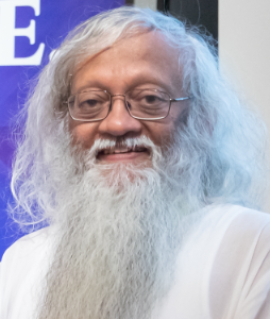10th Edition of International Conference on
Korean Acupuncture
Korean acupuncture is a form of traditional East Asian medicine that has been practiced in Korea for hundreds of years. It is based on the belief that all health problems stem from an imbalance of energy (known as qi) in the body, and that needles inserted along specific pathways (known as meridians) can restore balance and health. It has been used to treat a variety of medical conditions, including allergies, chronic pain, headaches, insomnia, and asthma. Acupuncture in Korea has several differences from the practice in other East Asian countries. The most significant difference is the number of needles used. Whereas Japanese acupuncture uses only one needle at a time, Korean acupuncture often uses a series of thin needles that are inserted to varying depths. This is done to stimulate energy pathways in the body and redirect the flow of qi. In addition to inserting needles, Korean acupuncture practitioners sometimes also use heat and pressure to stimulate the flow of qi. This may involve cupping, moxibustion (the burning of herbs near the skin), or the use of herbs or acupressure massage. Korean acupuncture is believed to help improve the body's defenses; strengthen organ function; reduce inflammation, pain, and swelling; and improve circulation. It has been found to be especially effective in treating menstrual cramps, fertility problems, and digestive issues. Some research has even suggested that it may be beneficial for treating anxiety, depression, and fatigue. Overall, Korean acupuncture is a safe and effective way to treat a variety of medical conditions and can be used in combination with other traditional East Asian treatments for even greater benefit. It is important, however, to seek the advice of an experienced practitioner to ensure that the treatment is tailored to an individual's specific needs.

Kenneth R Pelletier
University of California School of Medicine, United States
Marilyn Allen
American Acupuncture Council, United States


